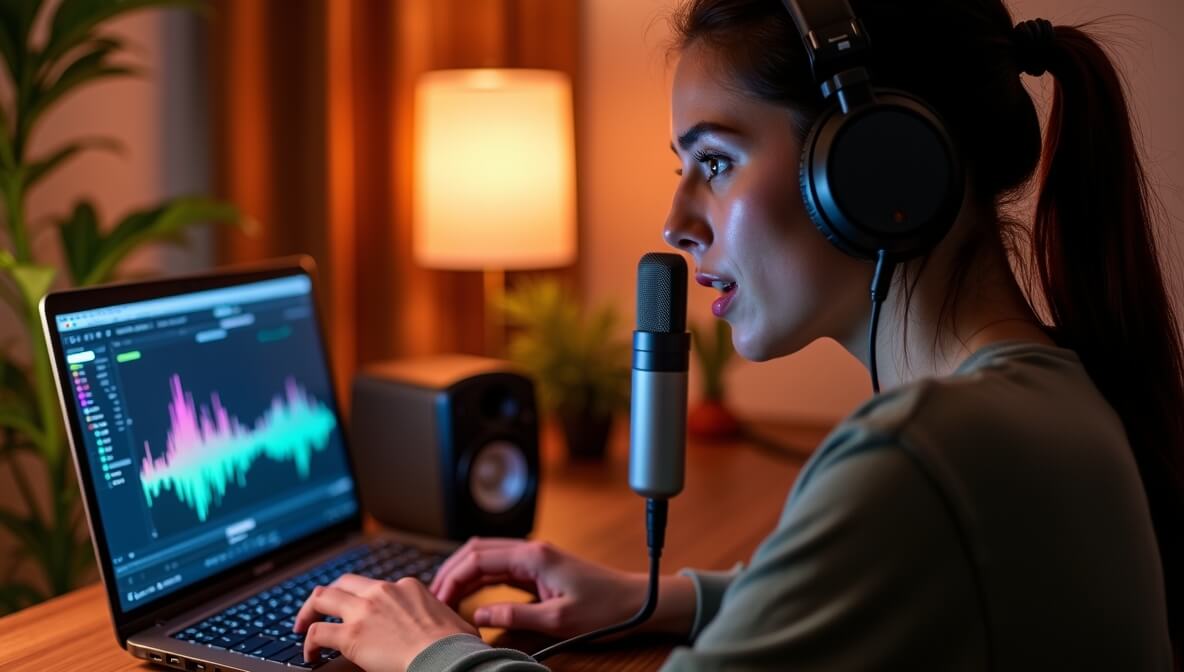Music Learning Tips for People Who Think They are "Tone Deaf"

Many people say, “I can’t sing — I’m tone deaf.” But in reality, true tone deafness (amusia) affects less than 5% of the population. Most people simply haven’t trained their ears or voices properly. With the right techniques, patience, and consistent practice, you can dramatically improve your pitch recognition and musicality — even if you’ve always thought you were hopeless at it.
1. Understand What “Tone Deaf” Really Means
- If you can tell when someone is speaking in a questioning tone or recognize the difference between a happy and sad tone in speech, you’re already distinguishing pitch changes. That means you're not truly tone-deaf. You may simply need some ear training exercises to fine-tune your skills.
- Ear Training Exercises — How to Hear Chords and Melodies
2. Start with Simple Pitch-Matching Drills
- Start by playing a note on a piano app or MIDI keyboard.
- Hum or sing that note and try to match it as closely as possible.
- Use a pitch detection app like Vocal Pitch Monitor to check your accuracy.
If you need a keyboard:
3. Train with Reference Songs You Know
4. Learn Basic Music Theory
- Understanding the difference between a major scale and a minor scale makes pitch recognition much easier. Even learning about intervals (the distance between two notes) will help you pick out pitches with greater precision.
- The Benefits of Learning Music Theory
5. Record Yourself Regularly
6. Sing with Others
7. Practice Daily — Short, Frequent Sessions Win
Featured RocketPages Learning Hub
Take your music learning further with these related guides from RocketPages:
Quick External Tools for Singing & Ear Training:
By following these steps and utilizing the tools and resources listed above, you'll be well on your way to improving your musicality and voice. With practice and consistency, your confidence will grow, and you’ll soon find that you’re no longer "tone deaf" — just an aspiring singer working on your craft!
